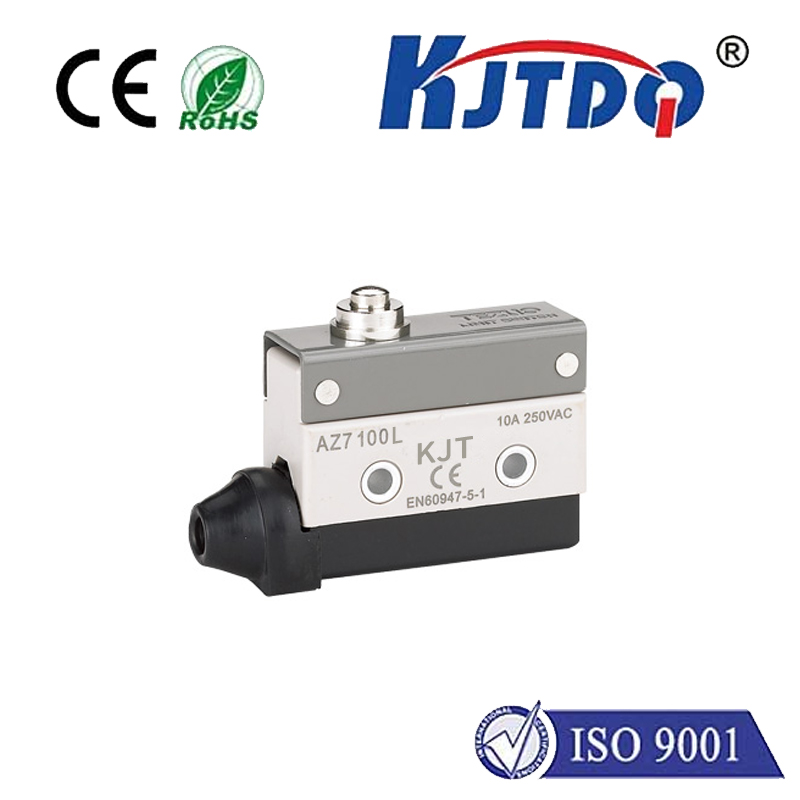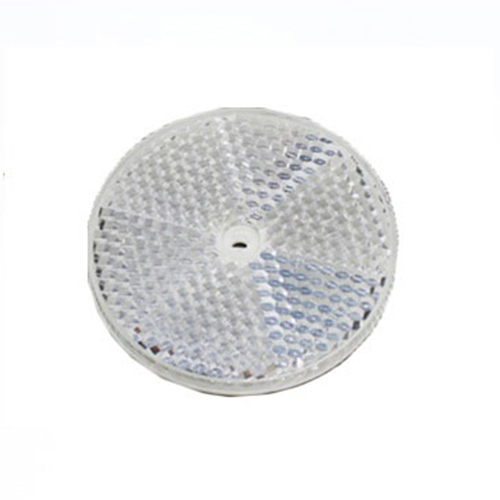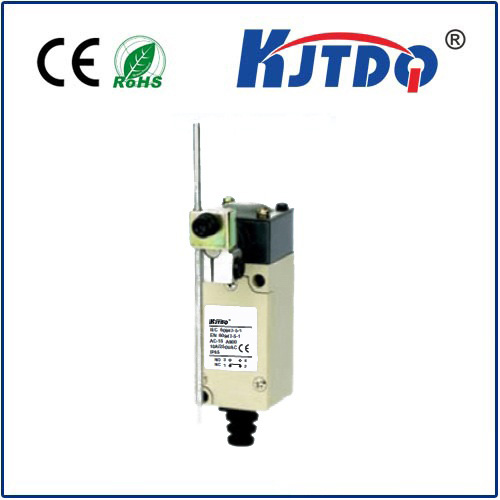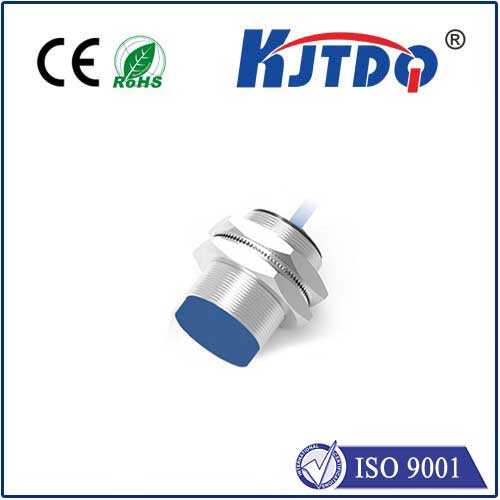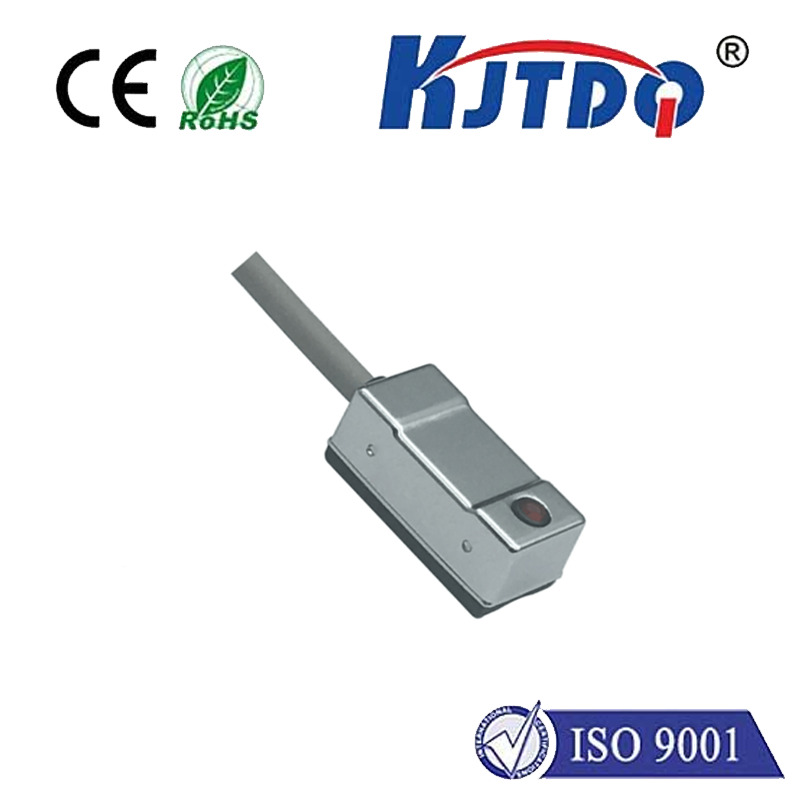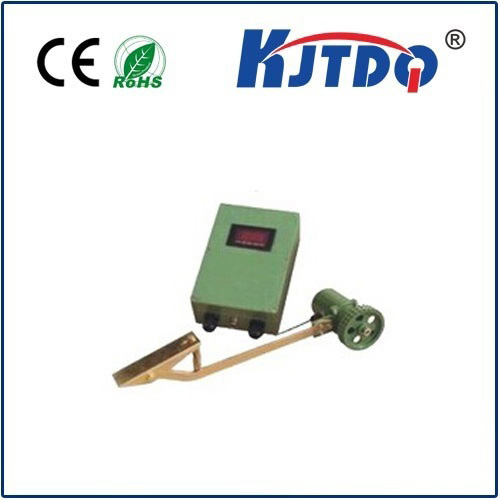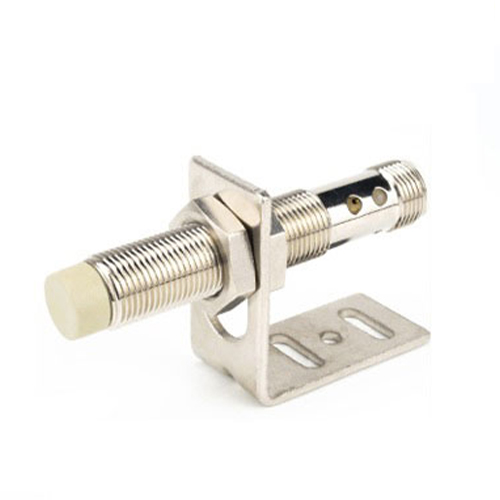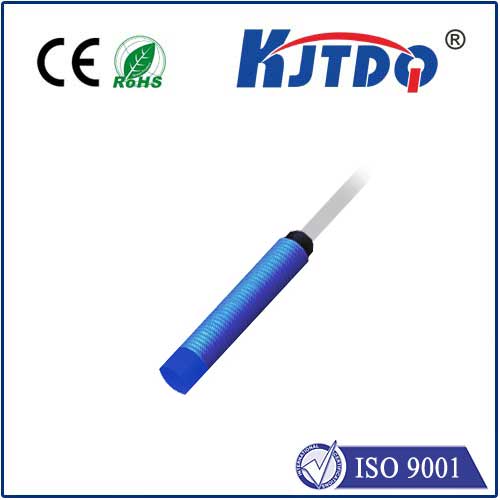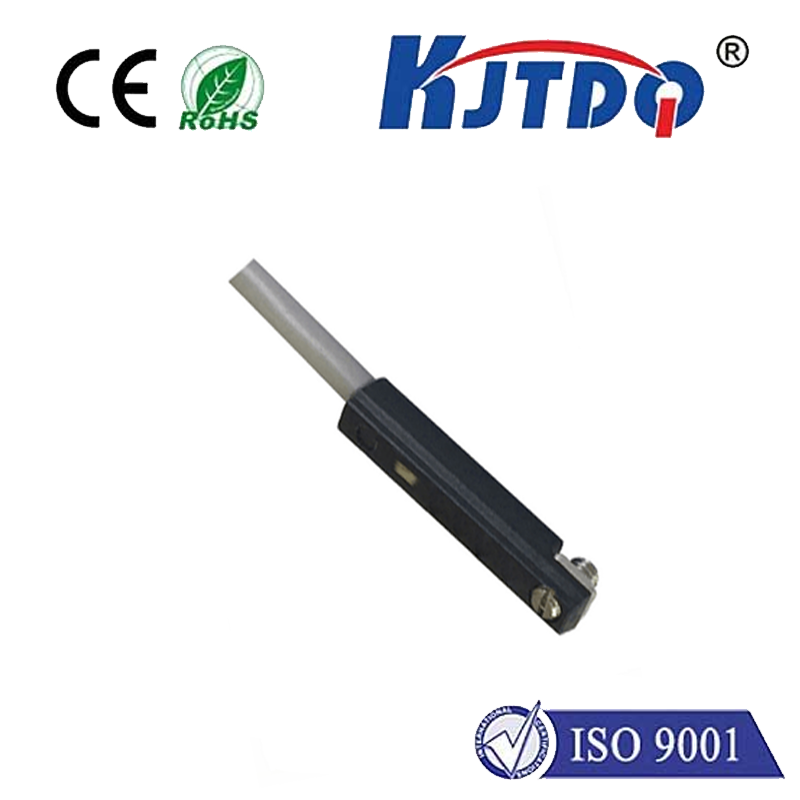silo laser level sensor
- time:2025-08-29 00:05:24
- Click:0
Silo Laser Level Sensors: Precision Measurement for Bulk Storage Efficiency
Maintaining accurate inventory levels within silos, bins, and hoppers is a constant challenge in industries handling powders, grains, pellets, and other bulk solids. Underestimating levels risks costly production stoppages, while overestimating ties up capital and can lead to overflow hazards. Traditional methods like manual dipping, paddle wheels, or ultrasonic sensors often fall short due to dust, changing material properties, or structural obstacles. This is where silo laser level sensors emerge as a game-changer, offering unparalleled reliability and precision in even the most demanding environments.
How Silo Laser Level Sensors Illuminate Inventory Management
At their core, laser level sensors operate on the principle of time-of-flight (ToF) measurement. A highly focused laser pulse is emitted from the sensor towards the material surface. The sensor’s sophisticated receiver then detects the reflection of this pulse. By precisely measuring the time interval between emission and reception, and knowing the speed of light, the sensor calculates the distance to the material. This distance measurement is directly converted into a fill level percentage or an absolute distance reading relative to the sensor’s mounting position.
What sets these sensors apart for silo applications are several key features:

- Exceptional Range and Focus: Modern silo laser sensors boast ranges often exceeding 100 meters (328 feet), easily accommodating towering industrial silos. The highly collimated laser beam – meaning it stays tightly focused over long distances – minimizes interference from internal structures like ladders, agitators, or filling spouts, providing a clear “view” to the material surface.
- Superior Performance in Dust: Unlike ultrasonic waves that scatter easily in dusty atmospheres, the intense, coherent nature of laser light penetrates airborne dust far more effectively. Advanced signal processing algorithms filter out noise caused by dust particles, ensuring stable and reliable readings even during filling operations when dust clouds are most prevalent.
- Non-Contact Measurement: Laser sensors operate without any physical contact with the stored material. This eliminates issues like material buildup on the sensor head, mechanical wear from abrasive products, or potential contamination of sensitive substances like food or pharmaceuticals. It also means virtually zero maintenance is required beyond periodic lens cleaning checks.
- High Accuracy and Resolution: Achieving millimeter-level accuracy is common with quality laser sensors. This precision is critical for accurate inventory control, batch management, optimizing storage utilization, and preventing costly overfills or run-outs.
- Point & Continuous Level Options: While many laser sensors provide single-point measurement (e.g., high-level alarm or low-level alarm), technologies like laser scanning or positioning receivers enable continuous level profiling. This provides a complete picture of the material surface, identifying potential bridging, rat-holing, or uneven distribution within the silo.
Why Choose Laser Sensors for Your Silo Monitoring?
The advantages translate directly into operational and financial benefits:
- Enhanced Inventory Accuracy: Achieve real-time, precise knowledge of stock levels, reducing guesswork and discrepancies often found with manual methods or less accurate technologies. This is vital for financial reporting, logistics planning, and recipe batching.
- Reduced Downtime: Prevent costly production stoppages caused by unexpectedly empty silos or delays waiting for deliveries based on inaccurate inventory data. Simultaneously, prevent overfilling incidents that can damage equipment, create safety hazards, or lead to product spillage and waste.
- Improved Process Efficiency: Optimize filling cycles and material usage. Knowing exact levels allows for just-in-time ordering, minimizing excessive stockholding costs and freeing up working capital.
- Increased Safety: Minimize the need for confined space entries associated with manual level checks. Prevent structural strain or hazardous situations caused by unnoticed overfilling.
- Lower Total Cost of Ownership: While the initial investment might be higher than some alternatives, the combination of long-term reliability, minimal maintenance requirements, process optimization savings, and reduced downtime results in a compelling return on investment (ROI).
Implementing Silo Laser Level Sensors: Key Considerations
Successful integration requires thoughtful planning:
- Mounting Location: Choose a point offering a clear line-of-sight to the target area, avoiding beams, filling streams, or agitators. Consider the angle of repose of the material - the natural slope it forms - to ensure the laser hits the surface reliably throughout the fill/empty cycle. Side-wall mounting or top-down installation via a stilling tube or nozzle are common approaches.
- Process Conditions: Understand the environment: temperature extremes, potential for condensation, explosion hazard zones (requiring ATEX/IECEx certification), and the aggressiveness of dust. Choose a sensor with an appropriate IP rating (e.g., IP67, IP69K) and material construction (stainless steel).
- Material Properties: While lasers work well on most solids, highly reflective or very dark, light-absorbing materials might require sensor models with specific optimization or background suppression features.
- Output and Integration: Ensure the sensor’s output signal (4-20mA, Modbus, Ethernet/IP, etc.) is compatible with your existing PLC, SCADA system, or inventory management software for seamless data integration and automated control.
Applications Spanning Industries
The versatility of silo laser level sensors makes them indispensable across numerous sectors:
- Agriculture & Feed: Monitoring grains, corn, soybeans, pellets, and flour in storage elevators and bins. Critical for supply chain management and feed mill operations.
- Cement & Building Materials: Measuring raw materials (limestone, clay, gypsum) and finished products (cement, fly ash) in large silos, often in very dusty conditions.
- Chemicals & Plastics: Tracking powders, granules, pellets, and flakes where material integrity and precise batching are paramount.
- Food & Beverage: Ensuring hygiene and accuracy for sugar, salt, starch, cocoa, coffee beans, and powdered ingredients.
- Power Generation: Monitoring biomass, coal, and limestone in bunkers and silos for efficient fuel handling.
- Mining & Minerals: Ore concentrates, sand, gravel, and various processed minerals stored before shipping or further processing.
- Pharmaceuticals: Precise measurement of active ingredients and excipients where contamination risk and batch consistency are critical.
Overcoming Measurement Challenges with Laser Precision
For facilities struggling with unreliable level data in their bulk storage silos, adopting laser sensor technology represents a significant leap forward. By delivering highly accurate, reliable, and non-contact measurement even in challenging dusty environments, silo laser level sensors provide the clarity needed for optimized inventory control, enhanced safety, reduced operational costs, and maximized process efficiency. They are not just sensors; they are essential tools for intelligent bulk material management in the modern industrial landscape.






